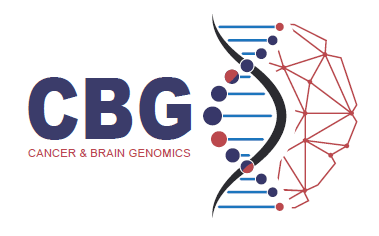Team 4 of the Inserm research unit 1245 aims to characterize the contribution of neurovascular dysfunction in the pathophysiology of neonatal brain lesions while keeping in mind brain immaturity. Thereby, research projects paid attention to molecular, cellular and integrated processes leading to angiogenesis defects and neurodevelopmental consequences such as vessel-associated migration. The team’s research activity is deeply committed into translational research validated by patents and clinical protocols with the objective to develop diagnosis tools and neuroprotection strategies. To reach these objectives, the research team developed mouse perinatal models of white matter injury, in utero gain and loss of functions, and environmental models of fetal toxicity such as FASD. Endothelial and neuro-vascular dysfunctions are apprehended in the developing brains and retinas by imaging approaches (light sheet, FLIM-STED, time-lapse migration, in situ zymography, OCT) on ex vivo tissues (brain organotypic slices, cultured retinas). Image processing and analysis through notably machine learning is developed in partnership with several members of the Normandy FBI node.
